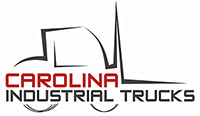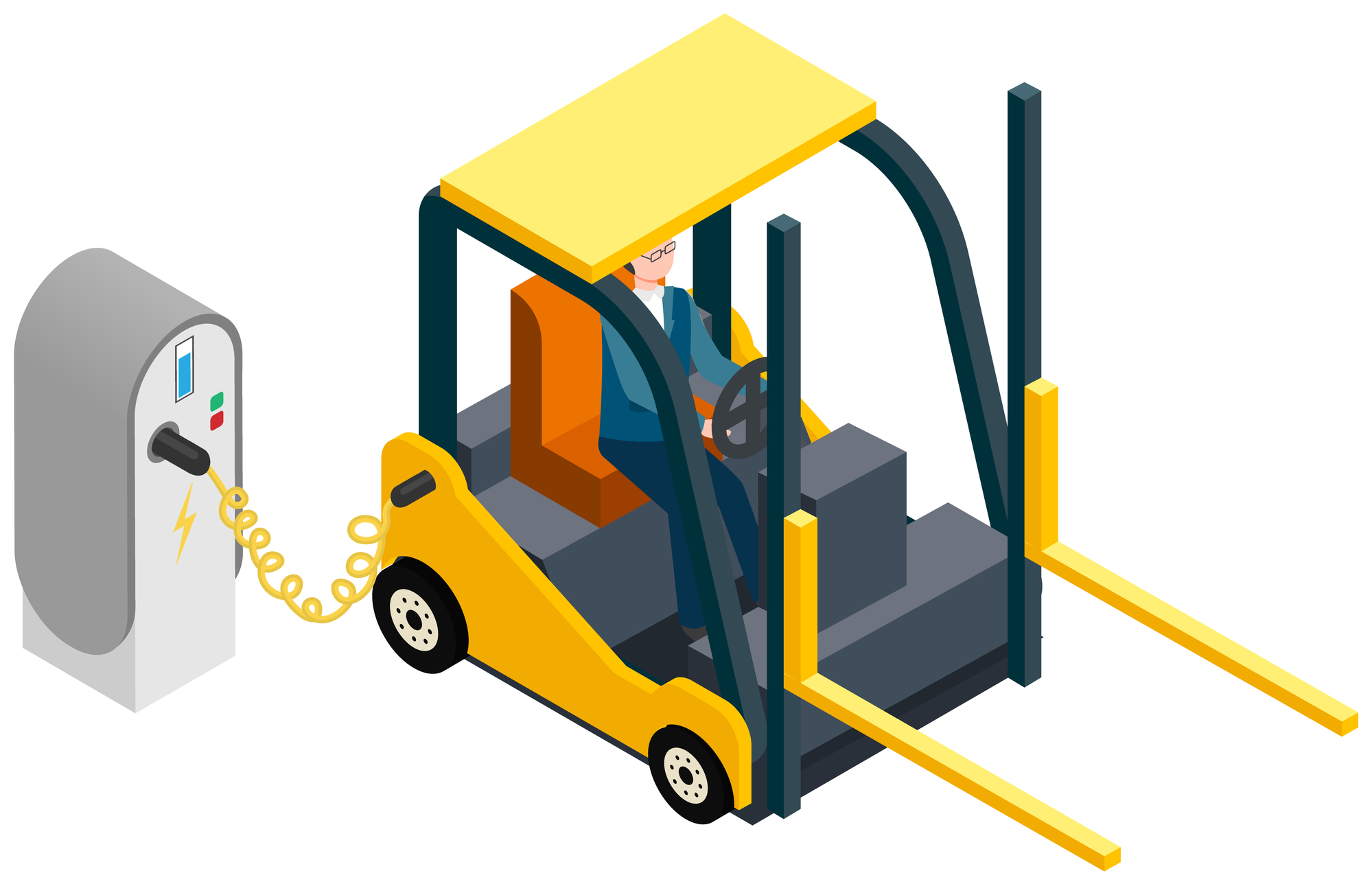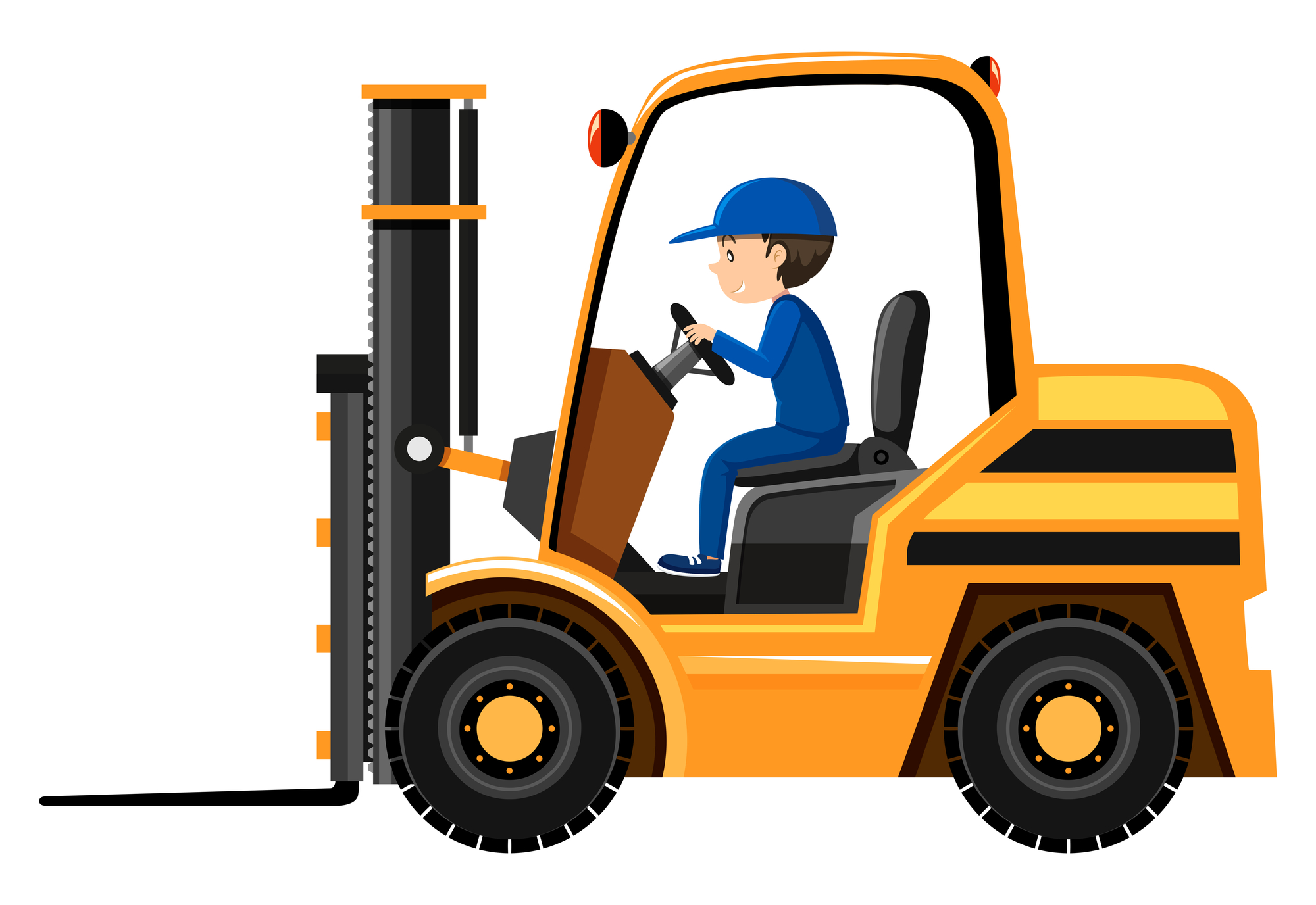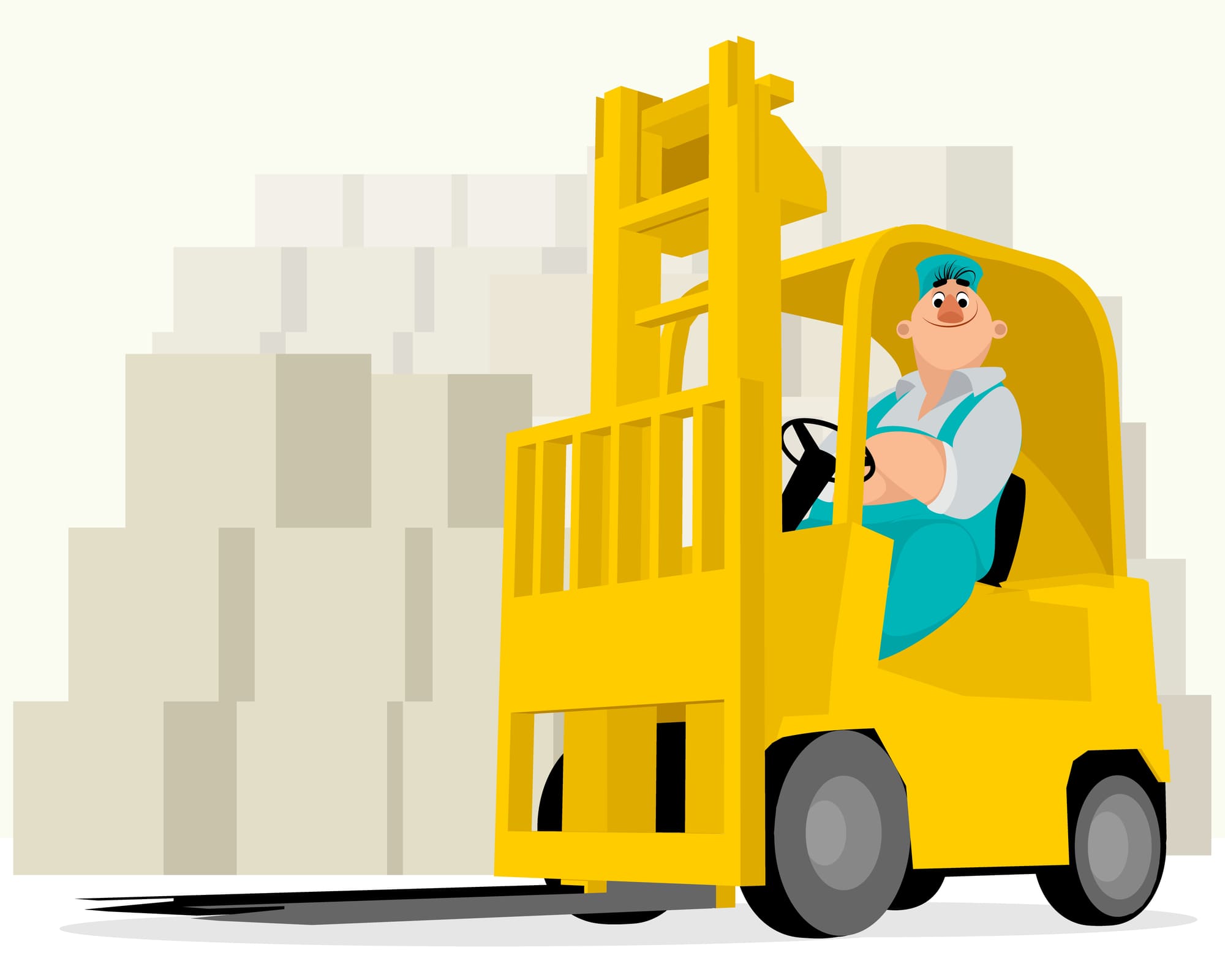What Are the Most Common Forklift Parts to Break Down
04/27/2025
CITrucks
Forklifts are essential pieces of machinery in warehouses, construction sites, and distribution centers, but like any machine, they are not immune to wear and tear. Over time, heavy use and challenging work environments can cause key forklift parts to break down, leading to downtime and potential safety risks.
From tires and brakes to hydraulic systems and electrical components, knowing which parts are most susceptible to failure can help you stay ahead of maintenance needs. Regular inspections, proper use, and routine servicing can make a significant difference in keeping your forklift running smoothly and minimizing disruptions to your operations.
What Are the Most Common Forklift Tire Problems and How Can You Prevent Them?
Forklift tires come in three main types: pneumatic, solid pneumatic, and cushion. Pneumatic tires are filled with air, provide good traction, and they offer a smooth ride, especially for outdoor use. Solid pneumatic tires are durable and puncture-resistant, ideal for rough environments. Cushion tires, made of solid rubber, are best for indoor use on smooth surfaces.
Common forklift tire problems often stem from wear and tear, improper inflation, and navigating rough surfaces. Over time, tires can develop cracks, become bald, or show uneven wear, all of which affect forklift performance and safety. Pneumatic tires, in particular, are susceptible to under-inflation, which can lead to reduced stability and increased wear. Solid pneumatic and cushion tires may develop chunking or cracking when used on unsuitable surfaces.
Preventing tire issues involves regular inspections to spot signs of damage early. Check for cracks, bald spots, and uneven wear patterns. Keeping pneumatic tires properly inflated is important for maintaining stability and extending tire life. Avoid overloading the forklift, as excessive weight can accelerate tire wear. When possible, keep forklifts on surfaces suited to the type of tire used, pneumatic tires on rough outdoor terrain and cushion tires on smooth indoor floors. Routine maintenance, including cleaning tires and removing debris, can go a long way in promoting forklift safety and performance.
How Do Forklift Forks Get Damaged and What Can You Do to Maintain Them?
Forklift forks play a vital role in safe and efficient material handling but are prone to damage from everyday use. Common issues include bending, cracking, or wearing down over time. Overloading the forklift, improper use, or collisions with objects can all contribute to fork damage. Bent forks often result from lifting loads that exceed the forklift’s weight capacity, while cracks can develop due to repeated stress or impacts. Worn-down forks may lose their original shape, compromising their ability to secure loads properly.
Knowing when to replace the forks is important for maintaining a safe working environment. Damaged forks pose significant safety risks, including dropped loads, equipment instability, and potential accidents. Regular inspections help identify signs of wear and tear, such as visible cracks, bends, or thinning metal on the forks. Measurements of fork thickness compared to the original specifications can indicate excessive wear.
To avoid damage, always follow the forklift's load capacity guidelines and use the equipment as intended. When lifting and lowering loads, operate the forklift smoothly to reduce stress on the forks. Avoid dragging forks on the ground or using them to push or pull objects. By practicing proper forklift operation and conducting regular maintenance checks, you can extend the life of your forklift forks and maintain workplace safety.

What Causes Forklift Brakes to Wear Out and How Can You Avoid It?
Forklift brakes are essential for safety and performance but are subject to wear and tear, especially in heavy load environments. Constant use, frequent stopping, and navigating uneven surfaces can gradually wear down brake components such as pads, discs, and drums. Heavy loads put additional strain on the braking system, causing brake pads to wear out more quickly and reduce the effectiveness of the brakes.
Identifying brake issues early can prevent accidents and costly repairs. Common signs of brake problems include squealing or grinding sounds when the brakes are applied, longer stopping distances, or a spongy brake pedal that feels soft when pressed. These indicators suggest worn brake pads, potential hydraulic issues, or damage to the brake system components.
Regular brake inspections are vital for maintaining forklift safety. Check brake pads for thinning, inspect discs and drums for wear, and monitor brake fluid levels. Maintaining proper brake fluid levels and replacing worn components promptly can help keep the braking system functioning correctly. Additionally, operators should avoid sudden stops whenever possible, as this can accelerate brake wear. By driving smoothly, avoiding overloading the forklift, and scheduling routine brake maintenance, you can promote safe and efficient forklift operation while extending the lifespan of the braking system.
Why Do Forklift Batteries Fail and What Are the Best Practices for Battery Care?
Forklift batteries play a vital role in keeping electric forklifts operational, but they can fail for various reasons. Common issues include sulfation, where lead sulfate crystals build up on the battery plates, reducing capacity and efficiency. Corrosion on battery terminals can interfere with electrical connections, leading to performance problems. Improper charging practices, such as overcharging or undercharging, can also shorten a battery's lifespan.
Maintaining forklift parts, including the battery, is essential for safety and productivity. A poorly maintained battery can lead to unexpected downtime and costly replacements. One key practice for battery care is to follow a proper charging schedule. Avoid partial charging, as this can contribute to sulfation. Instead, charge the battery fully but avoid overcharging, which can overheat and damage internal components.
Regular maintenance can extend battery life significantly. Keep battery terminals clean and free of corrosion by using a mixture of baking soda and water. For lead-acid batteries, monitor water levels and refill with distilled water when needed, avoiding overfilling. Ensure batteries cool down properly before charging and avoid operating a forklift with a low battery, as this can strain the electrical system. By following these best practices, you can support reliable forklift performance and reduce the likelihood of battery failure.
Where Can I Find Quality Forklift Parts in the Carolinas?
Regular maintenance and mindful operation are key to avoiding common forklift part failures. By staying proactive with inspections and maintenance, following proper use guidelines, and addressing issues early on, you can maintain a safe and efficient workplace. If you need reliable forklift parts for your forklifts, contact CITrucks today for quality products and service you can trust.





